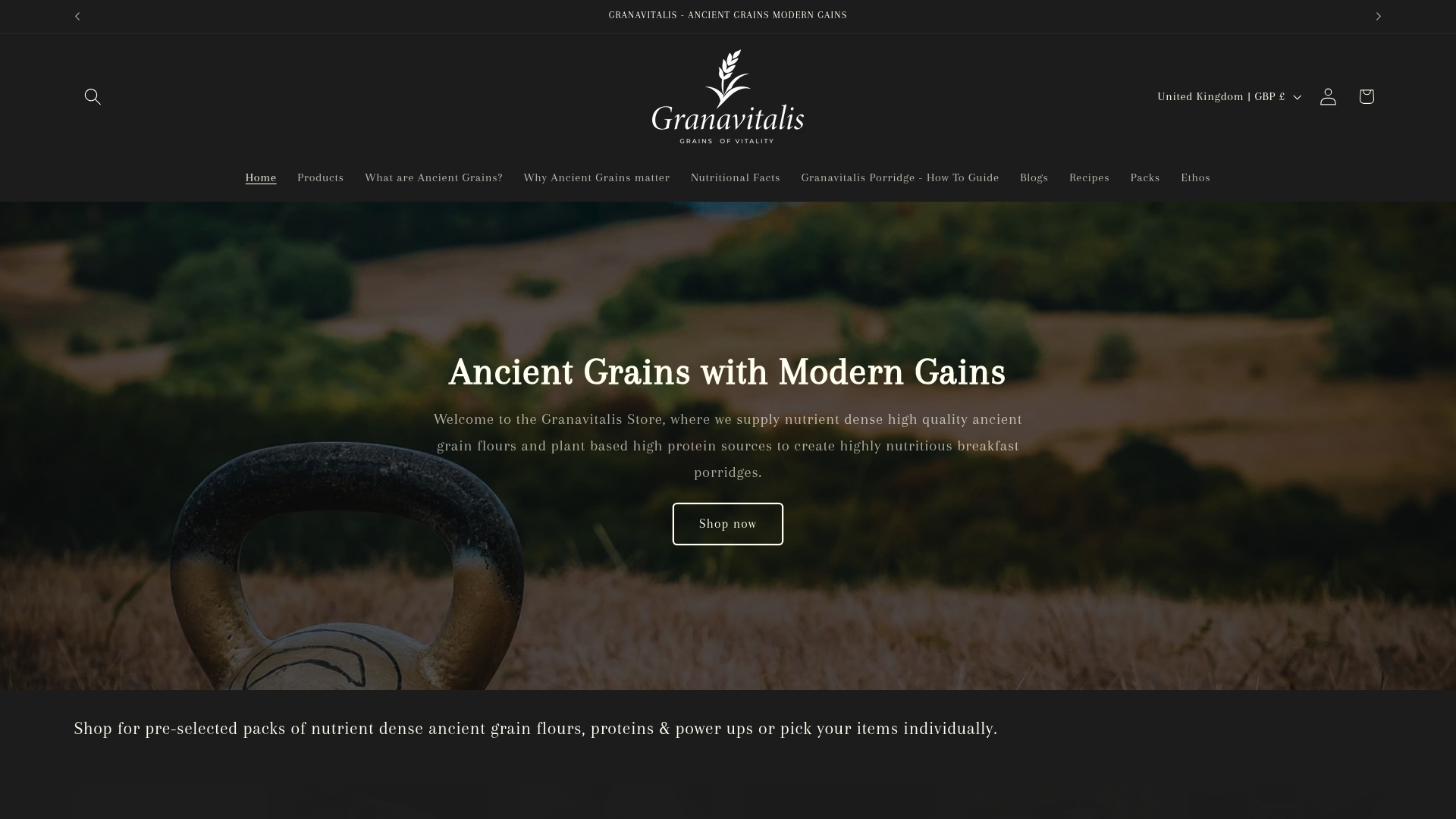
Complete Guide to Foods High in Fiber and Protein
Share
Did you know that most adults in the UK consume only about 18 grams of fiber daily, well below the recommended 30 grams? The right balance of fiber and protein does more than just support digestion or muscle health. It can help lower disease risk, keep energy steady, and make healthy eating much simpler. Discover how choosing smart, local ingredients can set you on a path to lasting wellness and nutritional satisfaction.
Key Takeaways
| Point | Details |
|---|---|
| Balanced Diet | High fiber and protein foods are essential for maintaining a nutritious diet and improving overall health. |
| Nutritional Benefits | Foods like pulses and whole grains provide additional health benefits including essential vitamins and minerals while supporting digestive health. |
| Strategic Incorporation | Incorporating a variety of high-fiber and high-protein foods into daily meals can enhance nutrient intake and support weight management. |
| Avoiding Misconceptions | Not all processed ‘high-protein’ foods are healthy; prioritizing whole, natural foods is recommended for better nutritional quality. |
Table of Contents
- Defining High Fiber And High Protein Foods
- Major Food Sources And UK Examples
- Key Health Benefits And Nutrition Insights
- How To Incorporate These Foods Daily
- Common Mistakes And Myths To Avoid
Defining High Fiber And High Protein Foods
Understanding what constitutes high fiber and high protein foods is crucial for maintaining a balanced and nutritious diet. According to UK government guidance, fiber intake is fundamentally about consuming wholegrains and diverse food sources that support digestive health. The recommended daily fiber intake for adults is 30 grams, which can be achieved through strategic food choices.
Fiber Types and Sources:
- Soluble Fiber: Found in foods like oats and pulses, helps regulate blood sugar and cholesterol
- Insoluble Fiber: Present in wholegrain bread, supports digestive tract movement and regularity
When it comes to protein, the nutritional landscape is equally rich and diverse. Our comprehensive guide to plant-based protein diets highlights multiple protein sources beyond traditional animal products. According to official UK dietary advice, protein-rich food groups include:
- Beans and pulses
- Fish and eggs
- Meat
- Nuts
- Plant-based alternatives like tofu and Quorn
What makes these protein sources particularly interesting is their additional nutritional benefits. Pulses, for instance, are not just protein powerhouses but also provide essential B-vitamins, iron, and are remarkably low in fat. This makes them an excellent choice for individuals seeking nutrient-dense food options that support overall health and wellness.
Major Food Sources And UK Examples
The United Kingdom offers a rich variety of high fiber and protein foods that can easily be incorporated into daily meals. According to health guidance, common UK food sources provide impressive nutritional profiles that support balanced nutrition. Explore our recommended plant-based protein sources to diversify your diet and boost nutrient intake.
High Fiber Food Examples:
- Porridge: Approximately 5g of fiber per serving
- Wholemeal Bread: Two slices provide around 4g of fiber
- Wholemeal Pasta: Contains roughly 4.2g of fiber
- Jacket Potato: Offers about 5g of fiber
- Baked Beans: Provides around 3g of fiber
- Nuts: A handful contains approximately 3g of fiber
When considering protein sources, the UK offers remarkable local options. Quorn, a UK-produced meat substitute, stands out as an exceptional high-protein, high-fiber food. This locally developed product is not only protein-rich but also low in saturated fat, making it an excellent choice for health-conscious individuals seeking nutritious alternatives.
Here’s a summary of common high-fibre and high-protein foods and their typical nutrient content:
| Food Item | Fibre per Serving | Protein per Serving | Other Notable Nutrients |
|---|---|---|---|
| Porridge | 5g | 4g | Magnesium Iron |
| Wholemeal Bread | 4g (2 slices) | 7g (2 slices) | B-vitamins |
| Baked Beans | 3g (half tin) | 7g (half tin) | Iron Folate |
| Nuts (handful) | 3g | 6g | Healthy fats Zinc |
| Quorn (100g) | 6g | 13g | Low saturated fat |
| Pulses (lentils) | 4g (100g cooked) | 9g (100g cooked) | Iron B-vitamins |
| Jacket Potato | 5g (1 medium) | 3g (1 medium) | Potassium Vitamin C |
Balancing fiber and protein intake becomes straightforward with strategic food choices. Integrating foods like whole grains, legumes, nuts, and plant-based proteins ensures you’re meeting nutritional recommendations while enjoying delicious, locally sourced ingredients.
 The key is variety and mindful selection of nutrient-dense foods that support overall wellness.
The key is variety and mindful selection of nutrient-dense foods that support overall wellness.
Key Health Benefits And Nutrition Insights
High fiber and protein foods offer remarkable health advantages that extend far beyond basic nutrition. Read our guide on fiber-rich breakfast options to understand how strategic food choices can transform your wellness journey. According to UK government research, increasing dietary fiber intake can significantly reduce risks of several chronic health conditions.
Key Health Benefits:
- Reduced risk of heart disease
- Lower chances of type 2 diabetes
- Decreased likelihood of bowel cancer
- Management of high cholesterol
- Support for weight management
- Enhanced digestive health
Plant-based proteins, particularly pulses, emerge as nutritional powerhouses. According to official dietary guidance, these foods provide an exceptional combination of nutrients. They deliver protein while simultaneously offering essential B-vitamins and iron, and remain remarkably low in fat. This makes them not just nutritionally dense, but also an affordable option for individuals seeking comprehensive dietary benefits.
The synergy between fiber and protein creates a holistic approach to nutrition. By incorporating diverse, nutrient-rich foods like beans, pulses, and whole grains, individuals can support their body’s complex metabolic processes. The key is understanding that nutrition isn’t just about consuming calories, but about providing your body with the precise resources it needs to function optimally, maintain energy levels, and support long-term health and wellness.
How To Incorporate These Foods Daily
Transforming your diet to include more high-fiber and high-protein foods doesn’t have to be complicated or overwhelming. Check out our comprehensive guide to plant-based protein sources for practical strategies that make nutritional improvements seamless and delicious.
Breakfast Strategies:
- Start with porridge mixed with fruits and yoghurt
- Alternate between wholegrain and regular cereals
- Experiment with seeded and wholemeal breads
- Add nuts and seeds for extra protein and fiber
According to UK dietary guidance, incorporating beans and pulses into daily meals is an excellent way to boost nutrition. These versatile ingredients can be effortlessly added to various dishes like ragus, soups, and casseroles, effectively contributing to your recommended ‘5 a day’ vegetable portions.
Diversity is key when building a nutrient-rich diet. Official recommendations suggest incorporating a wide range of fresh, frozen, tinned, and dried fruits and vegetables. When preparing meals, consider using brown rice in salads, bulking out dishes with pulses, and selecting whole grain options wherever possible. Small, consistent changes can significantly enhance your nutritional intake, making healthy eating an enjoyable and sustainable lifestyle choice.
Common Mistakes And Myths To Avoid
Navigating the world of high-fiber and high-protein nutrition can be tricky, with numerous myths and misleading claims complicating dietary choices. Our guide to plant-based protein powders can help you make more informed nutritional decisions and cut through the marketing noise.
Common Nutritional Misconceptions:
- Myth: All processed ‘high-protein’ products are healthy
- Reality: Many ultra-processed foods contain hidden sugars and additives
- Myth: White pasta is always unhealthy
- Reality: Moderation and pairing with nutritious toppings matters
According to recent UK research, food labels can be particularly misleading. Products marketed as ‘high-fiber’ or ‘high-protein’ might meet technical claim thresholds while still containing unhealthy ingredients. Nutritional experts recommend prioritizing whole, natural foods like oats, nuts, beans, and full-fat yoghurt over heavily processed alternatives that boast nutritional claims.
Legume-based pastas, such as those made from red lentils or peas, offer an excellent alternative for those seeking higher fiber and protein content. These options are particularly beneficial for vegetarians and vegans, providing a nutrient-dense alternative to traditional wheat-based products. The key is understanding that nutrition is about overall quality, not just isolated nutrient claims, and making informed choices that support your body’s holistic health needs.
Nourish Your Body with True High-Fibre and High-Protein Foods
Are you tired of breakfast options that leave you feeling flat by mid-morning? The article highlighted how relying on processed foods or so-called ‘high-protein’ products often means missing out on real fibre and lasting nutrition. If you want to avoid sugar crashes, unbalanced meals and confusing food labels, you deserve better. At Granavitalis, we bring you ancestral breakfast solutions such as ancient grain porridges and premium blends that are naturally rich in both protein and fibre — just as your body needs for lasting energy.

Start transforming your morning routine today. Explore our expertly selected Vegan Protein Powders for plant-based nourishment, or find your perfect balance with our Protein Power Packs, made to support your health goals. Visit Granavitalis now and experience the real difference of foods that fuel body and mind — do not settle for compromise food when you can have genuine nourishment in every bowl.
Frequently Asked Questions
What are high fiber foods?
High fiber foods are those that contain a significant amount of dietary fiber, typically over 3 grams per serving. Examples include whole grains, fruits, vegetables, legumes, nuts, and seeds.
Why is fiber important for health?
Fiber supports digestive health, helps regulate blood sugar and cholesterol levels, and can reduce the risk of chronic conditions such as heart disease and type 2 diabetes.
What are some high protein foods?
High protein foods include beans and pulses, fish, meat, eggs, nuts, and plant-based proteins like tofu and Quorn. Each of these provides essential amino acids and other nutrients.
How can I incorporate more fiber and protein into my diet?
You can incorporate more fiber and protein by choosing whole grains, adding legumes to meals, snacking on nuts, and replacing regular pasta with legume-based options. Mixing seeds and nuts into breakfast cereals is another great way to boost your intake.
